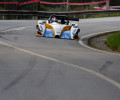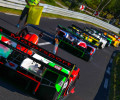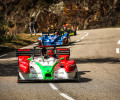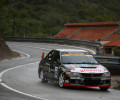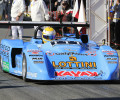Levelling the playing field: How Performance Factor has revolutionised Hill Climb, making it more competitive, equitable and safer
With the introduction of the Performance Factor, Hill Climb has become more inclusive, accessible, and better structured. Here’s how the FIA changed the game in the European Hill Climb Championship
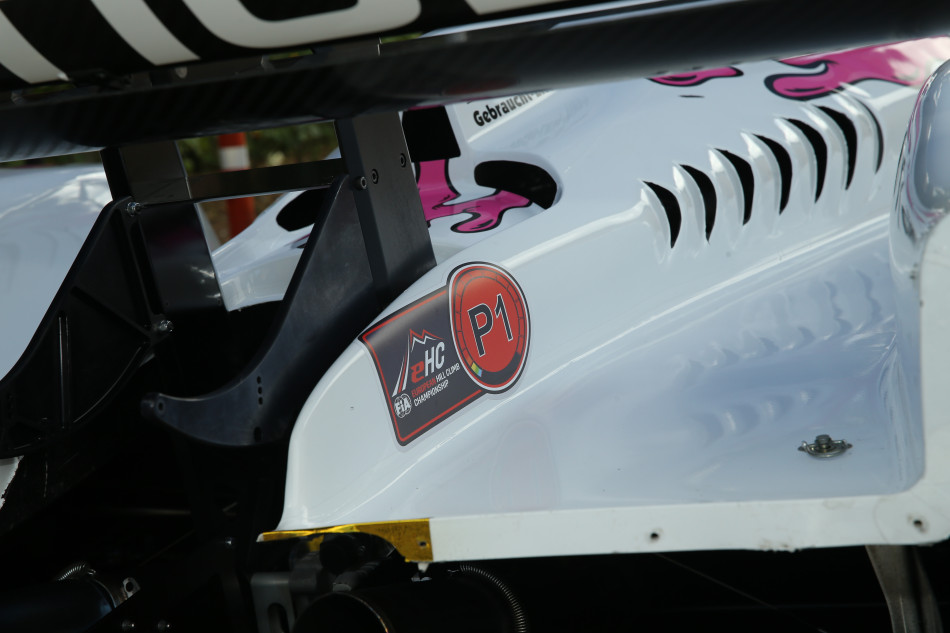
One of motorsport’s oldest disciplines, with a history dating back to an event at La Turbie, near Nice in January 1897, Hill Climb has thrived as one of grassroots racing’s most popular pursuits for well over a century.
However, with classes proliferating to keep up with technical differences and competitive incompatibility, and with sporting equity being increasingly diluted, Hill Climb needed a new classification system that could bring more clarity for fans and sporting equity for competitors.
To achieve this, in 2019 the FIA launched a project to level the competitive playing field, simplify categorisation, boost competition and perhaps most importantly raise safety standards. The results have been remarkable.
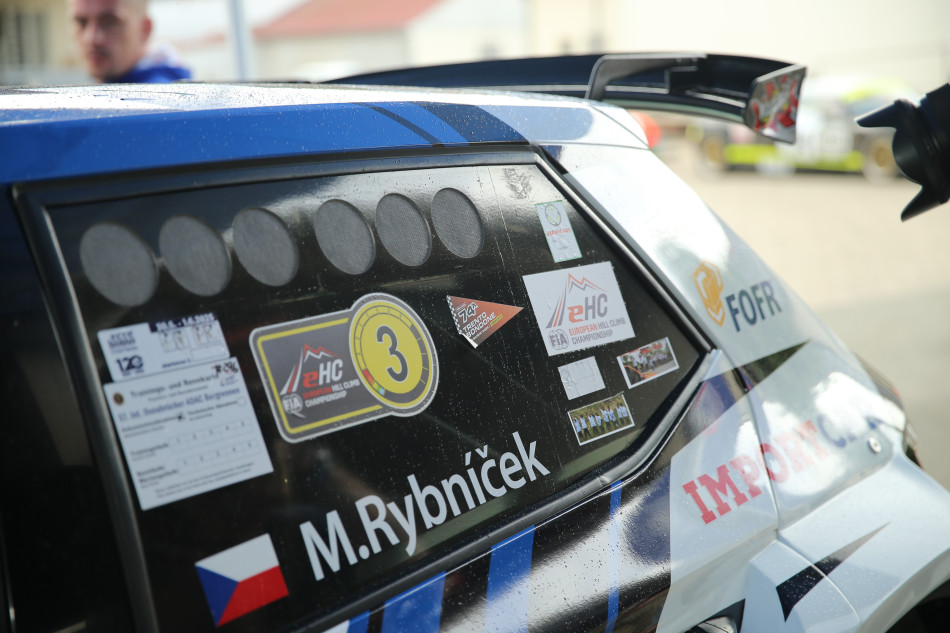
As FIA competitions were combined with national championship events, it was not uncommon to see large numbers of different groups and classes, resulting in dozens of winners by the end of a single weekend. “So, in February 2019 we launched a project to create groups of vehicles that could compete against each other,” explains Pascal Girard, Circuit and Mass Participation Categories Technical Manager at the FIA.
The requirement was a project tailored to the needs of ASNs, offering a solution for regulatory harmonisation while unlocking the market potential of a niche discipline. It would also need to be open, allowing for a wide range of cars (from national championships) to be included through the consideration of existing characteristics, most often without requiring modifications.
Defining Performance
The result is Performance Factor. The formula takes the racing weight of a vehicle including the driver and balances it against a series of carefully calibrated factors including engine, drivetrain, aerodynamic, and chassis stiffening performances. Girard says it has been purposely designed to avoid unnecessary complexity.
“It’s based solely on power–to-weight ratio,” says Girard. “We don’t care about what type of tyres; we don’t care about the electronics. If you start to include something very complex, for us it is not the DNA of this category, so we consciously avoid elements we are not able to control. Control must be achievable by the scrutineers. The principle of Performance Factor is not to engineer the car. It’s just to have a figure about its power ratio. Based on this we are able to build different groups and create competition in these groups.”
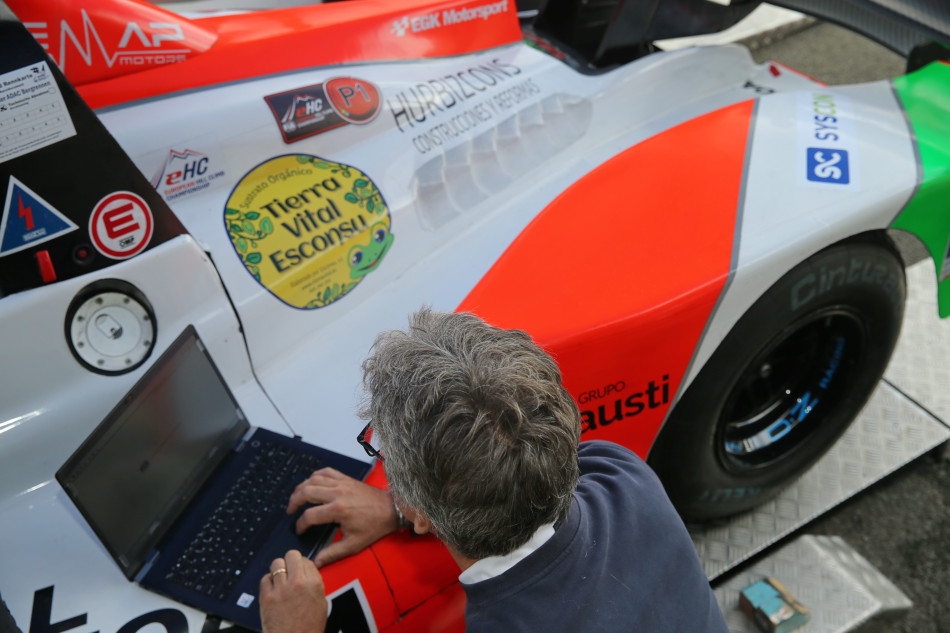 (c) Henri Schwirtz
(c) Henri Schwirtz
And, Girard says, the number of groups is open to ASNs to define.
“We evaluate the performance, but the number of groups is linked to sporting considerations,” he says. “Initially, we proposed to make a performance evaluation on the numbers of groups. But since last year it’s more linked to an ASN’s needs. This was not well understood in the past and ASNs often said: ‘Oh, you have five groups, so it means we will have only five winners.’ But the more important thing is to evaluate performance and provide a performance index. Beyond that, if an ASN wants to have five, six or ten groups, that’s at their discretion.”
Assessment of a car performance is done via the FIA’s Performance Factor website (https://performancefactor.fia.com). After registering competitors input car weight and data relating to the various performance elements after which a Pf calculation is given. Each Pf Technical Sheet is identified by a unique Pf-ID code which links it to the configuration of the car entered in a competition. Certified cars may then compete within a basic five groups covering a performance range, with Group 1 featuring vehicles with a Pf value of 15 to 39, Group 2 from 40 to 79 and so on.
New in 2025 – Extension of the Pf to Category 2 cars
Performance Factor was initially introduced for Category 1 cars in 2021. These cars, classified as Series Production cars (Article 251-2.1.1) or Competition cars (Article 251-2.1.2) with the appearance of a Series Production Car, with a roof, at least two seats, and at least two doors, are the simpler of the two categories and thus provided a perfect platform on which to implement the concept. In 2022, 4,500 PFIDs were created, with 4,300 more created the following year.
“The use of the Performance Factor in Category 1 over the last two seasons has allowed competitors to understand the methodology of the classification system,” he says. “The result is that many of the main competitors following the championship in all five groups understand how to play with the regulations to maximise their performance within the group using Pf. They are now comfortable with the system and any changes in the future to the Pf.”
Partial implementation in Category 2 – defined as two-seater or single-seater competition cars, built as single examples and destined solely for competition – followed in 2024 and was mandated for 2025. Category 2 cars are now placed within four groups defined by their Pf value. Group 1 features cars with a Pf up to 59, Group 2 covers Pf values from 60 to 89, Group 3 includes Pf numbers from 90 to 109 and Group 4 is for values of 110 and up.
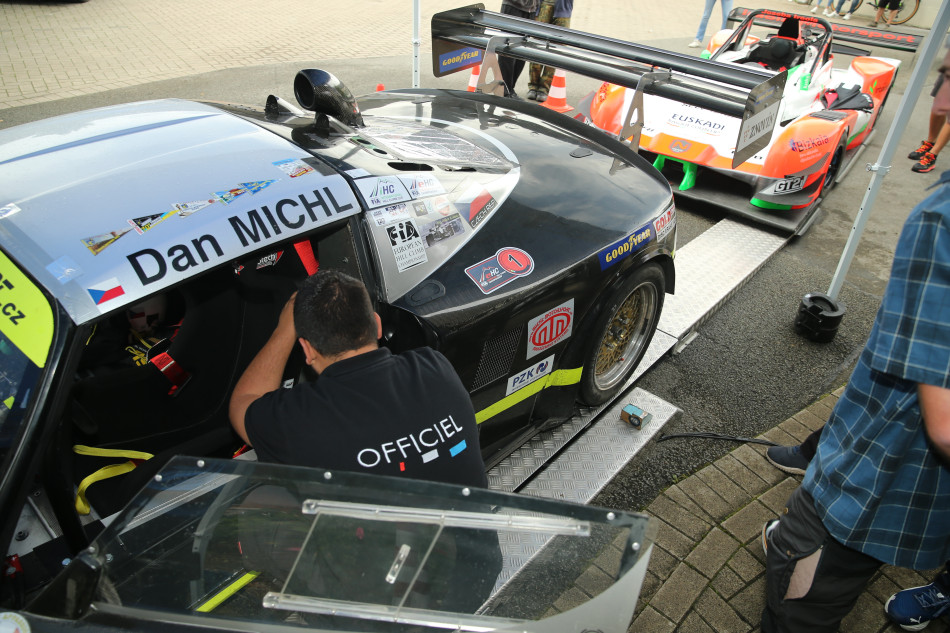 (c) Henri Schwirtz
(c) Henri Schwirtz
The challenge with Category 2 cars has been the inclusion of specific aerodynamics into the Performance Factor classification for the category.
“The introduction of aerodynamics was complex and required a lot of work behind the scenes,” says Girard. “We initially introduced Category 2 classification unofficially, to allow competitors to make the calculation and to allow us to evaluate performances. We made some adjustments to the software during the winter and it is now working very well.”.
Creating sporting equity
The introduction of Performance Factor has resulted in sharpening of the competition across the board.
“We are very close now in terms of performance, without any balance of performance, without anything,” he adds. “We give competitors freedom within a certain window, and they work within that framework to find performance, which is very interesting for me because, as I said, we can’t change the DNA of the category.”
However, while he says drivers seek to optimise performance within the group they are targeting, he insists that Pf has not led to a performance ‘arms race’.
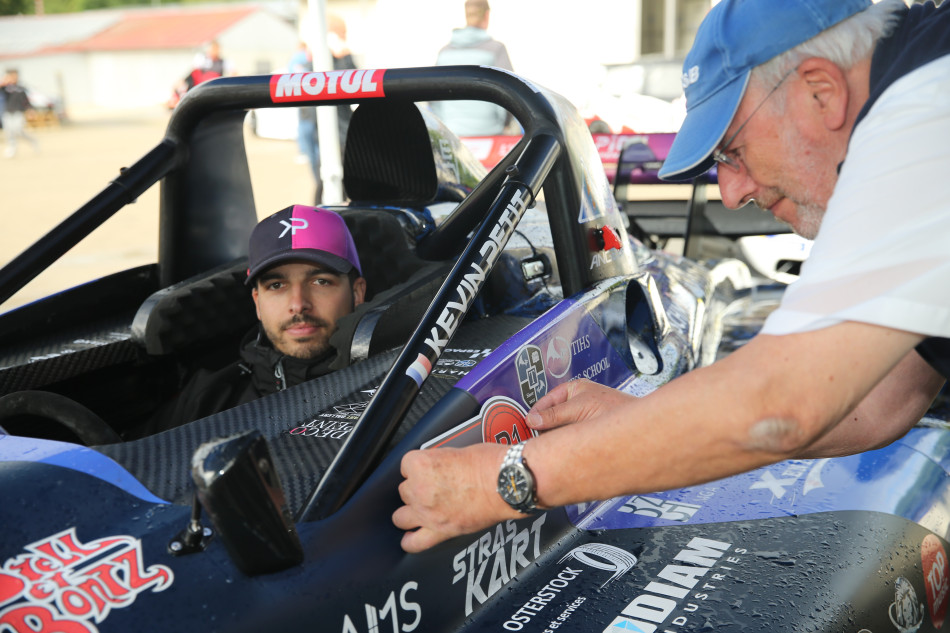 (c) Henri Schwirtz
(c) Henri Schwirtz
“Generally, when you create this type of regulation, for sure you create competition,” he says. “Competition means people want to be better, to be at the top, so it implies more money. But on the other hand, because we managed to create equity, typically between atmospheric and turbo cars, it recalibrates the competition. In one way you create competition, so they can think how to adjust to be better. But naturally you are within the range of a group, so it means you will not spend a lot of money to be very competitive. We have improved equity and as a result, yes, we have better competition.”
Safer competition
While the promotion of more equitable competition was the chief goal of Pf, the establishment of the system also allowed the FIA to address the safety issues that were increasingly common in Hil Climb.
“Without doubt, the other impact of Pf has been to improve safety globally, because as soon as you have an idea of performance evaluation, you are able to say, ‘OK, at this level of performance, you need to have this level of safety,’” says Girard.
“It was a major concern of ASNs. Now, with this tool we are able to monitor safety in a better way because all competitors have a performance index and based on this you are able to say the performance index is too high, you need to reduce the power, for example. For grassroots, this is really important.”
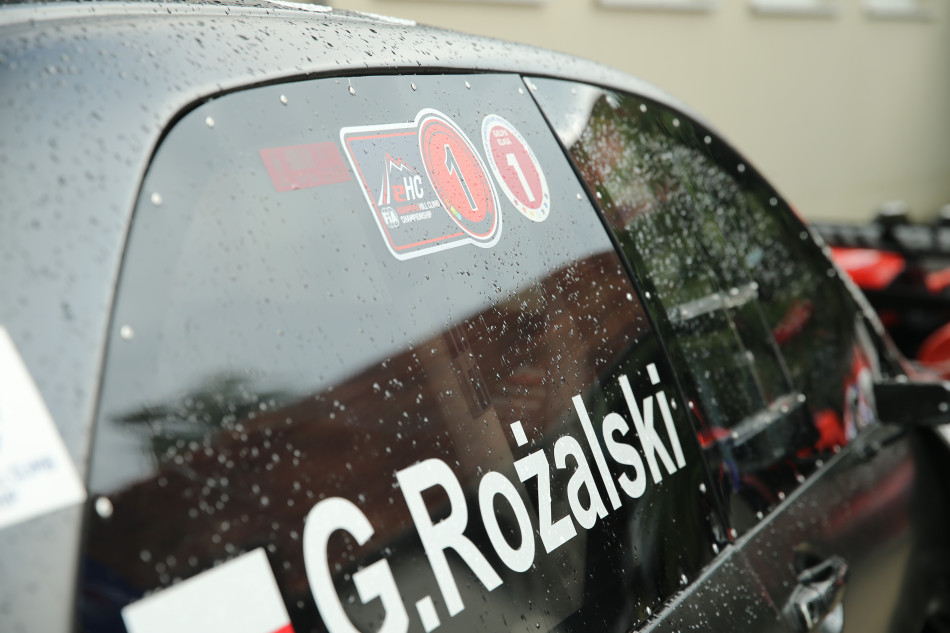 (c) Henri Schwirtz
(c) Henri Schwirtz
Future factor
While Pf is now established in all categories of the flagship FIA European Hill Climb Championship, it’s not the end of the story. Refinements are in progress and the next step is to include the use of sustainable fuel in the calculation in 2026.
“We continue to work, we continue to evaluate, and we continue to liaise with the manufacturers through our technical working group,” says Girard. “It’s why I’m confident that we will be able to introduce biofuel because it’s a very important matter. We have done this in truck racing, for example and we need to continue that work. For this type of grassroots competition, it’s important to push competitors in this direction.”
And progress also means training more ASN scrutineers to use the game-changing Pf system.
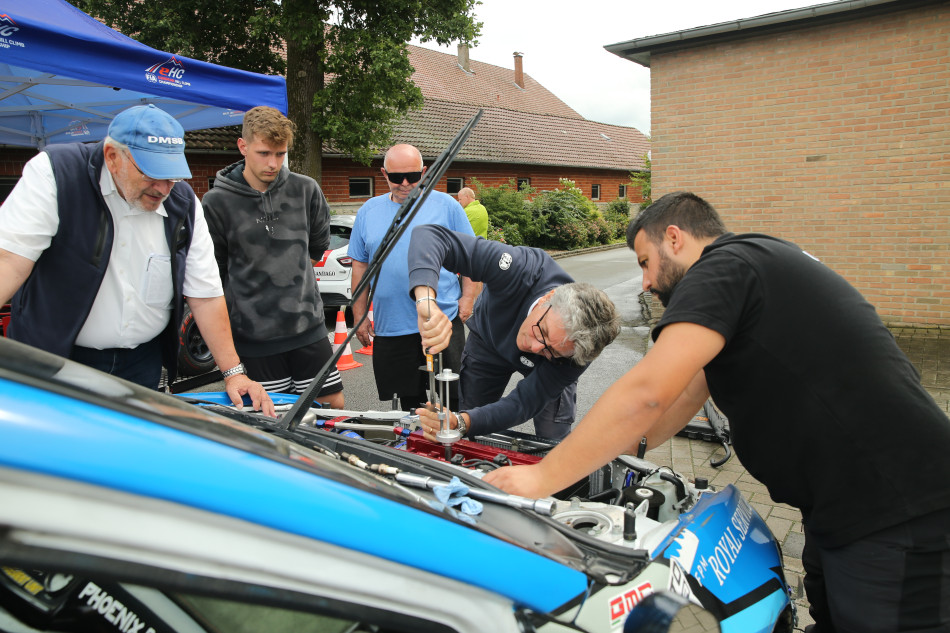 (c) Henri Schwirtz
(c) Henri Schwirtz
“We are teaching scrutineers at national level to help them deploy this tool. This year we have engaged with interested ASNs and many scrutineers are coming to events to work with us and to learn, even if it’s not in their championship. It’s important they understand what we are doing and how we are trying to make the competition better, fairer and most importantly, safer.”

Finally, the Pf system, adopted in around 15 countries across Europe and the Middle East, demonstrates its strength through its versatility. It is also being effectively used in various disciplines – such as slalom and regional rallies – thanks to its ability to accommodate a broad range of vehicles.

 Facebook
Facebook Twitter
Twitter